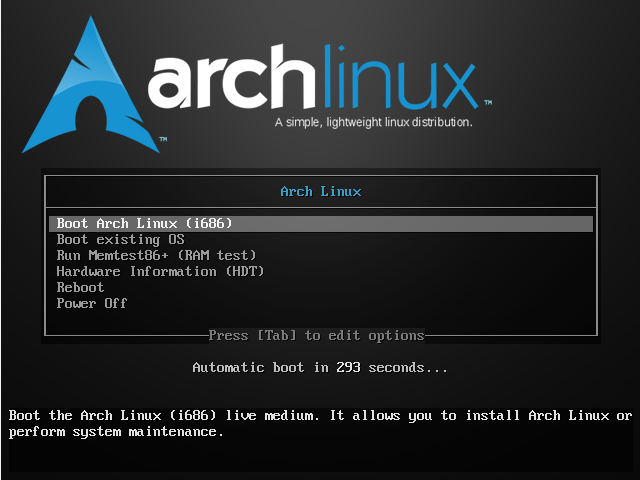Today, we will be discussing about how to sync files using rsync with non-standard SSH port. You might wonder why do we need to use non-standard SSH port? It is because of security reasons. Everybody knows 22 is the SSH default port.

Rsync Files Over SSH Non-standard Port
So, It is mandatory to change your SSH default port number to something different which is very hard to guess. In such cases, how will you sync your files/folders with your Remote server? No worries, It is not that difficult. Here we will see how to sync files and folders using rsync with non-standard SSH port.
As you might know, rsync, also known as Remote Sync, is a fast, versatile, and powerful tool that can be used to copy and sync files/directories from local to local, or local to remote hosts. For more details about rsync, check man pages:
# man rsync
Or refer our previous guide from the link below.
- Rsync: 10 Practical Examples of Rsync Command in Linux
Change SSH Port to Non-standard Port
As we all know, By default rsync uses default SSH port 22 to sync files over local to remote hosts and vice versa. We should change our remote server’s SSH port to tighten the security.
To do this, open and edit the SSH configuration /etc/ssh/sshd_config file:
# vi /etc/ssh/sshd_config
Find the following line. Uncomment and change the port number of your choice. I recommend you to choose any number which is very hard to guess.
Make sure you are using a unique number which is not used by existing services. Check this netstat article to know which services are running on which TCP/UDP ports.
For example, here I use port number 1431.
[...] Port 1431 [...]
Save and close the file.
In RPM based systems such as RHEL, CentOS, and Scientific Linux 7, you need to allow the new port through your firewall or router.
# firewall-cmd --add-port 1431/tcp # firewall-cmd --add-port 1431/tcp --permanent
On RHEL/CentOS/Scientific Linux 6 and above, you should also update selinux permissions to allow the port.
# iptables -A RH-Firewall-1-INPUT -m state --state NEW -m tcp -p tcp --dport 1431 -j ACCEPT # semanage port -a -t ssh_port_t -p tcp 1431
Finally, restart SSH service to take effect the changes.
# systemctl restart sshd [On SystemD] OR # service sshd restart [On SysVinit]
Now let us see how to sync files using rsync with non-standard port.
How to Rsync with non-standard SSH Port
Run the following command from the terminal to sync files/folders using Rsync with non-standard ssh port.
Syntax:
# rsync -arvz -e 'ssh -p <port-number>' --progress --delete [email protected]:/path/to/remote/folder /path/to/local/folder
For the purpose of this tutorial, I will be using two systems.
Remote System Details:
IP Address: 192.168.1.103 User name: tecmint Sync folder: /backup1
Local System Details:
Operating System: Ubuntu 14.04 Desktop IP Address: 192.168.1.100 Sync folder: /home/sk/backup2
Let us sync the contents of remote server’s /backup1 folder to my local system’s folder /home/sk/backup2/.
$ sudo rsync -arvz -e 'ssh -p 1431' --progress --delete [email protected]:/backup1 /home/sk/backup2
Sample Output
[email protected]'s password:
receiving incremental file list
backup1/
backup1/linux-headers-4.3.0-040300-generic_4.3.0-040300.201511020949_amd64.deb
752,876 100% 13.30MB/s 0:00:00 (xfr#1, to-chk=2/4)
backup1/linux-headers-4.3.0-040300_4.3.0-040300.201511020949_all.deb
9,676,510 100% 12.50MB/s 0:00:00 (xfr#2, to-chk=1/4)
backup1/linux-image-4.3.0-040300-generic_4.3.0-040300.201511020949_amd64.deb
56,563,302 100% 11.26MB/s 0:00:04 (xfr#3, to-chk=0/4)
sent 85 bytes received 66,979,455 bytes 7,050,477.89 bytes/sec
total size is 66,992,688 speedup is 1.00.
Let us check the contents of /backup1/ folder in the remote server.
$ sudo ls -l /backup1/
Sample Output
total 65428 -rw-r--r-- 1 root root 9676510 Dec 9 13:44 linux-headers-4.3.0-040300_4.3.0-040300.201511020949_all.deb -rw-r--r-- 1 root root 752876 Dec 9 13:44 linux-headers-4.3.0-040300-generic_4.3.0-040300.201511020949_amd64.deb -rw-r--r-- 1 root root 56563302 Dec 9 13:44 linux-image-4.3.0-040300-generic_4.3.0-040300.201511020949_amd64.deb
Now, let us check the contents of /backup2/ folder of local system.
$ ls /home/sk/backup2/
Sample Output
backup1
As you see in the above output, the contents of /backup1/ have been successfully copied to my local system’s /home/sk/backup2/ directory.
Verify /backup1/ folder contents:
$ ls /home/sk/backup2/backup1/
Sample Output
linux-headers-4.3.0-040300_4.3.0-040300.201511020949_all.deb linux-image-4.3.0-040300-generic_4.3.0-040300.201511020949_amd64.deb linux-headers-4.3.0-040300-generic_4.3.0-040300.201511020949_amd64.deb
See, both remote and local system’s folders have same files.
Conclusion
Syncing files/folders using Rsync with SSH is not only easy, but also fast and secure method. If you’re behind a firewall that restricts port 22, no worries. Just change the default port and sync files like a pro.
Source: tecmint.com



